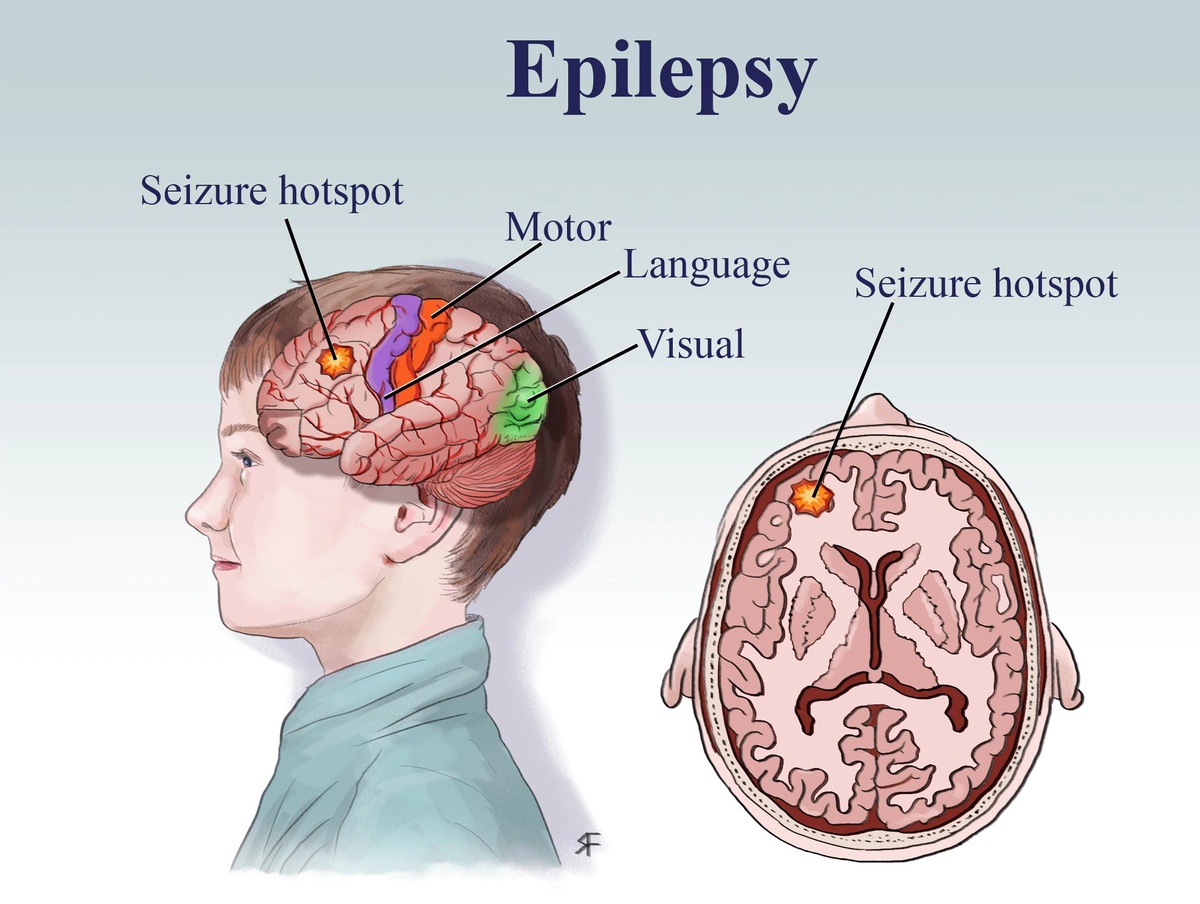Witnessing someone experience a seizure can be a distressing and alarming situation. Seizures, which occur due to abnormal electrical activity in the brain, can manifest in various ways and affect individuals differently. While it's important to remember that not all seizures are life-threatening, knowing how to administer proper first aid can make a significant difference in ensuring the safety and well-being of someone experiencing a seizure. In this guide, we will outline the steps to provide seizure first aid and offer helpful tips to support individuals during and after a seizure.
- Stay calm and assess the situation: When you notice someone having a seizure, it's crucial to stay calm and composed. Quickly scan the surroundings to ensure there are no immediate hazards or objects that could harm the person during the seizure. Remove any nearby sharp objects or furniture that may pose a risk.
- Create a safe environment: Clear the area around the person to provide them with sufficient space and prevent any accidental injuries. Cushion their head with a soft object, such as a pillow or folded clothing, to protect them from hitting the ground or any hard surfaces.
- Time the seizure: Take note of the time the seizure begins. This information will be helpful for medical professionals if the seizure continues for an extended period or if it's the person's first seizure.
- Do not restrain the person: It is crucial not to hold or restrain someone having a seizure. Allow the seizure to run its course while ensuring their safety. Restraining the individual may cause injury or increase their distress.
- Protect the person's airway: Position the individual on their side, if possible, to prevent choking. This position, known as the recovery position, helps ensure a clear airway and allows saliva or fluids to flow out of the mouth. Gently tilt their head back to aid breathing and allow any secretions to drain.
- Do not put anything in the person's mouth: Contrary to common misconceptions, it is not necessary to place any objects, such as a spoon or tongue depressor, in the person's mouth during a seizure. Doing so may result in injury to the individual or yourself.
- Time the seizure duration: Note the duration of the seizure. Most seizures last only a few minutes, but if it continues for an extended period, lasting more than five minutes, or if the person experiences multiple seizures in a row, it is considered a medical emergency. Call for medical assistance immediately.
- Offer reassurance and comfort: While the person is experiencing a seizure, calmly speak to them in a comforting manner. Let them know that they are not alone and that you are there to support them. Maintain a soothing tone and be patient.
- Stay with the person after the seizure ends: Once the seizure subsides, the person may appear confused, disoriented, or tired. Stay by their side until they regain consciousness fully. Speak softly and reassure them as they recover.
- Seek medical assistance if necessary: If it's the person's first seizure, the seizure lasts longer than usual, or if the person is injured during the seizure, it is essential to seek medical help. Contact emergency services or accompany the person to the nearest healthcare facility for evaluation and guidance.
- Document the details: After the seizure, make a note of the details, including the time the seizure started and ended, the person's behavior before and after the seizure, and any observations you made during the episode. This information can be valuable for medical professionals in diagnosing and treating the individual.
Remember, each person's seizure experience may vary, and it's important to be understanding and supportive. Encourage the individual to follow up with their healthcare provider for further evaluation and guidance. By knowing how to administer proper seizure first aid and offering a helping hand, you can make a significant difference in someone's life during a seizure episode.


No comments yet